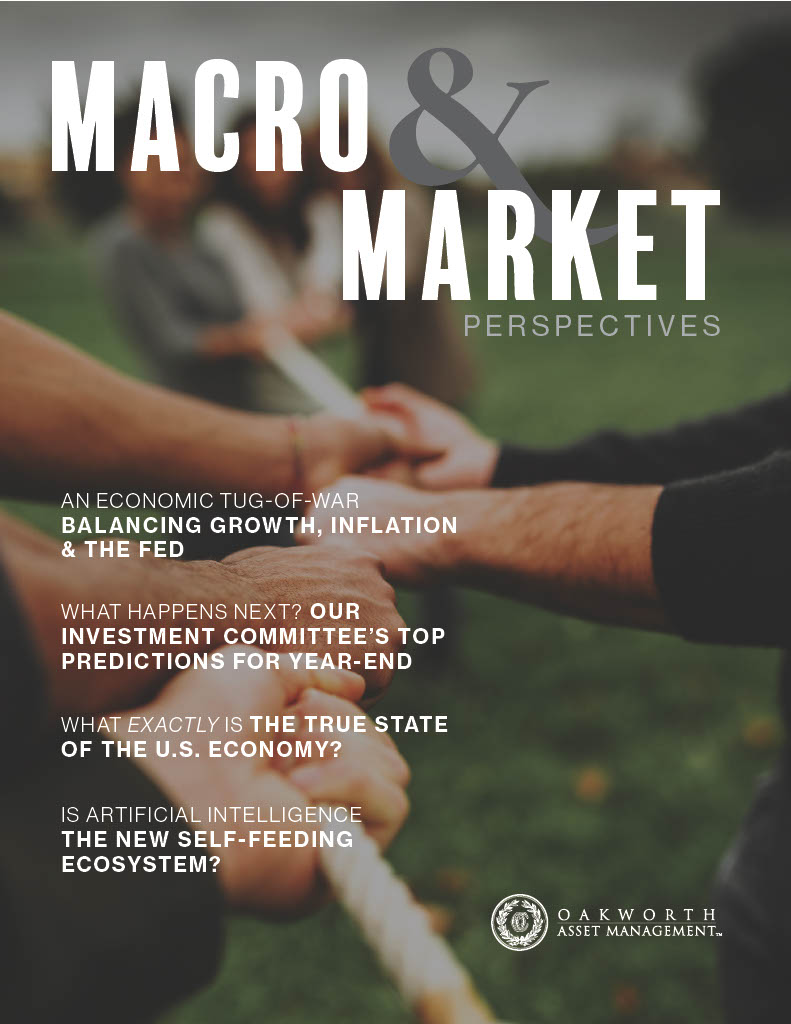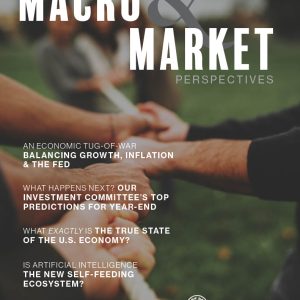Letter From The Editor, John Norris
In a lot of ways, the 3rd quarter of 2025 was one of the more boring of my career. With everything happening in the world right now, that might seem like a crazy statement. However, when it comes to investing and dissecting economic data, it was about as plain vanilla as it gets.
Simply put, many investors continued buying stocks while the official economic reports remained somewhat lackluster, mediocre even. The only question anyone had was whether the Federal Reserve would eventually cut the target overnight lending rate.
As we all know by now, it did so at the Federal Open Market Committee (FOMC) meeting on September 17, 2025. Further, it (mostly) left the door open for more rate cuts in the future. Frankly, this wasn’t terribly surprising.
The reasons are simple: official inflation gauges are much lower than they were a couple of years ago, and the U.S. labor market doesn’t appear to be as strong as it was. Yes, inflation is still higher than the Fed’s stated target of 2.0%, and the official Unemployment Rate was a low 4.3% in August 2025.
However, given where the upper bound of the overnight rate stood at the start of the 3rd quarter, 4.50%, and where the trailing 12-month Consumer Price Index landed in August 2025, 2.9%, the Fed had a little wiggle room to do something if it so desired and thought it prudent.
Apparently, it did. Frankly, after waiting for so long for this cut, it was sort of anticlimactic.
Read Our Letter from Chief Investment Officer
Scroll below for individual article highlights
2025 Year-End Predictions
From disruptive politics and rising beef prices to AI upheaval, bond market volatility and other proverbial canaries in the coal mine — these are our Investment Committee’s top predictions through the end of 2025.
Third Quarter Equities
The economy has fallen into a “Goldilocks” zone — cool enough to justify the Federal Reserve’s rate cuts, but not so cold to have yet caused a broader decline in corporate earnings. The question is… how long will it last?
Key Takeaways from Q3
Third quarter was marked by resilient equity markets and a long-awaited rate cut, even as dicey labor data and pricey cheeseburgers cast doubt on the U.S. economy. Tariffs cut into profits and investors shifted bets to AI and crypto.
Third Quarter Asset Allocation
We don’t try and time the market. But we do try and stay flexible so that we can adapt to change. In contrast to the prior quarter’s tariff uncertainty, inflation surprises, and geopolitical tension, Q3 was defined by a sense of calm, at least in the markets.


Special Report: Gold, Currencies and the Global Ripple Effect
Gold has more than doubled in less than three years — and it’s pressuring the dollar. What’s driving the rally, and what does it mean for currencies, capital flows, and portfolios?


Special Report: Circular Financing in Artificial Intelligence
Does AI’s explosive growth really reflect a genuine technological breakthrough that has revolutionized efficiency? Or simply watching a self-feeding, circular AI bubble take shape?
















